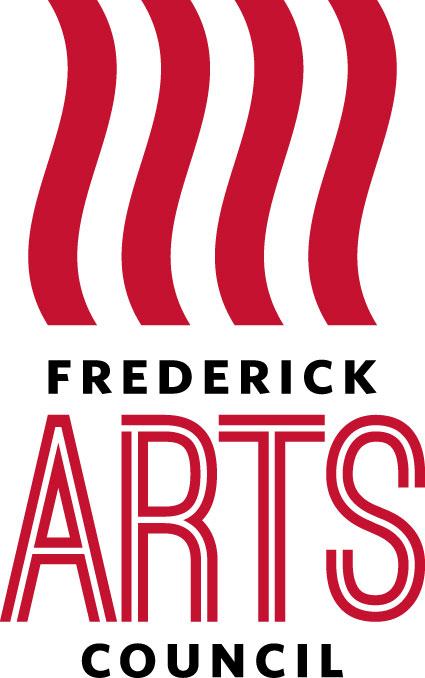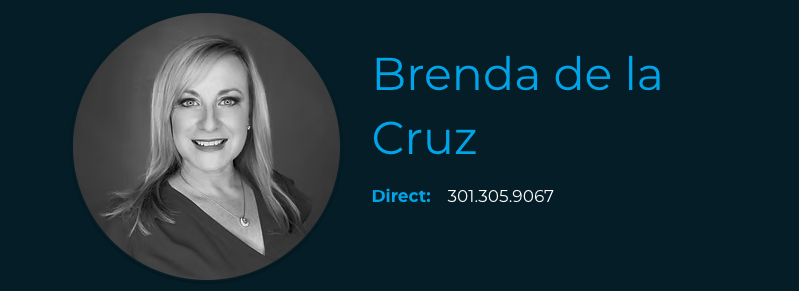More Out of Four: Schubert/Mahler
Program
The Symphonia concludes our 12th season featuring a quartet of works that began as string quartets. Many composers have paid tribute to the composers and works they most admired by arranging their smaller scale works into larger orchestral pieces. Also, many composers chose to expand their own quartets for larger ensembles. (Samuel Barber's "Adagio for Strings" is among the best know examples.)
Franz Schubert's String Quartet No. 14 in D minor, D 810, known as "Death and the Maiden", has been called "one of the pillars of the chamber music repertoire". It was composed in 1824, after the composer suffered from a serious illness and realized that he was dying. It is named for the theme of the second movement, which Schubert took from a song he wrote in 1817 of the same title. But critics have suggested that all four movements of the quartet are welded "into a unity under the pressure of a dominating idea - the dance of death." The quartet was first played in 1826 in a private home, and was not published until 1831, three years after Schubert's death. Around 1896, Gustav Mahler arranged the quartet by expanding it into a grand orchestral spectacle. It reveals his admiration for Schubert and serves to intensify the quartet's journey through life, death and human resilience in this fusion of two great composers' musical visions.
Often extolled as "the greatest Italian opera composer since Verdi", Puccini wrote "La bohème", "Tosca", "Madama Butterfly", and "Turandot", all as popular today as they were 100 years ago. However, though he is best known for the music he composed for the big stage, he also wrote some small-scale chamber pieces, with "Crisantemi" being one of his hidden gems. Puccini wrote it in the stress of the moment upon learning of the unexpected death of his good friend Amadeo di Savoia, the former King of Spain, at 44 years old. A heartfelt lament lasting only six minutes, he produced it in just one bleak night. The title of the piece comes from the significance of the flower itself. Chrysanthemums represent heroism, loyalty and mourning traditionally, and so Puccini named this elegiac piece after the flower of loyalty. As well as the piece itself, Puccini also reused some of the content of this work in his opera "Manon Lescaut", which was composed just three years later. The music serves as a backdrop through at least two acts in the opera.
Henry Purcell's "Chacony in G minor" takes us to the London theatres that reopened after the return of Charles II to England in 1660. Restoration theatre music was 'incidental': auxiliary to the actual play, music was performed before the main event began and during the interval. By and large, a suite of theatre music comprised eight pieces - an overture and a sequence of dances - that were very often subsequently used as concert works. As the Purcell scholar Peter Holman explains, much Restoration theatre music only survives in concert versions, and it is therefore often problematic to decide which music was written for which play. This is certainly the case with Purcell's "Chacony", which was probably composed around 1680, while Purcell was employed by Charles, and nearly a decade before he turned his attention almost exclusively to the theatre, after the accession of William III (who notoriously disliked music) and Queen Mary in 1689. Despite being in a minor key, the "Chacony" was probably written as a lively dance. Charles had picked up the French habit of listening to music while standing and tapping his foot, and he emphatically preferred music that gratified his partiality.
Mozart composed the "Divertimento, K. 136", during down-time in Salzburg in the winter of 1772, following two extended periods in Italy. During those visits, his dramatic works had found particular success, and he spent most of his time in Salzburg working on a new opera for Milan for the 1773 carnival season. The work, "Lucio Silla", was the 16-year-old Mozart's most ambitious opera to date, and the Divertimento (one of three such works Mozart composed during the winter of 1772), was probably a nice way to blow off some steam. Little is known about these divertimentos - in fact, the title "Divertimento" on the autograph is not even in Mozart's hand. Mozart was a prolific letter-writer, but only when he was away from home, which explains why gaps in our knowledge inevitably surround his Salzburg compositions. He probably wrote the divertimentos for one of the musical evenings held in the homes of Salzburg's leading residents at which he frequently performed on both keyboard and violin. He may have intended the works for a string quartet, a "divertimento" quartet (a string quartet with double bass instead of cello), or a chamber-scale string ensemble such as the one used for this performance.
Concert Notes
NSS concerts typically last around two hours, including a 15-minute intermission.






